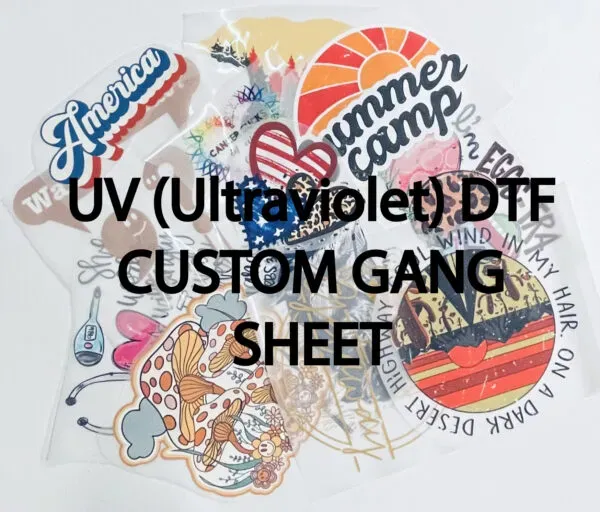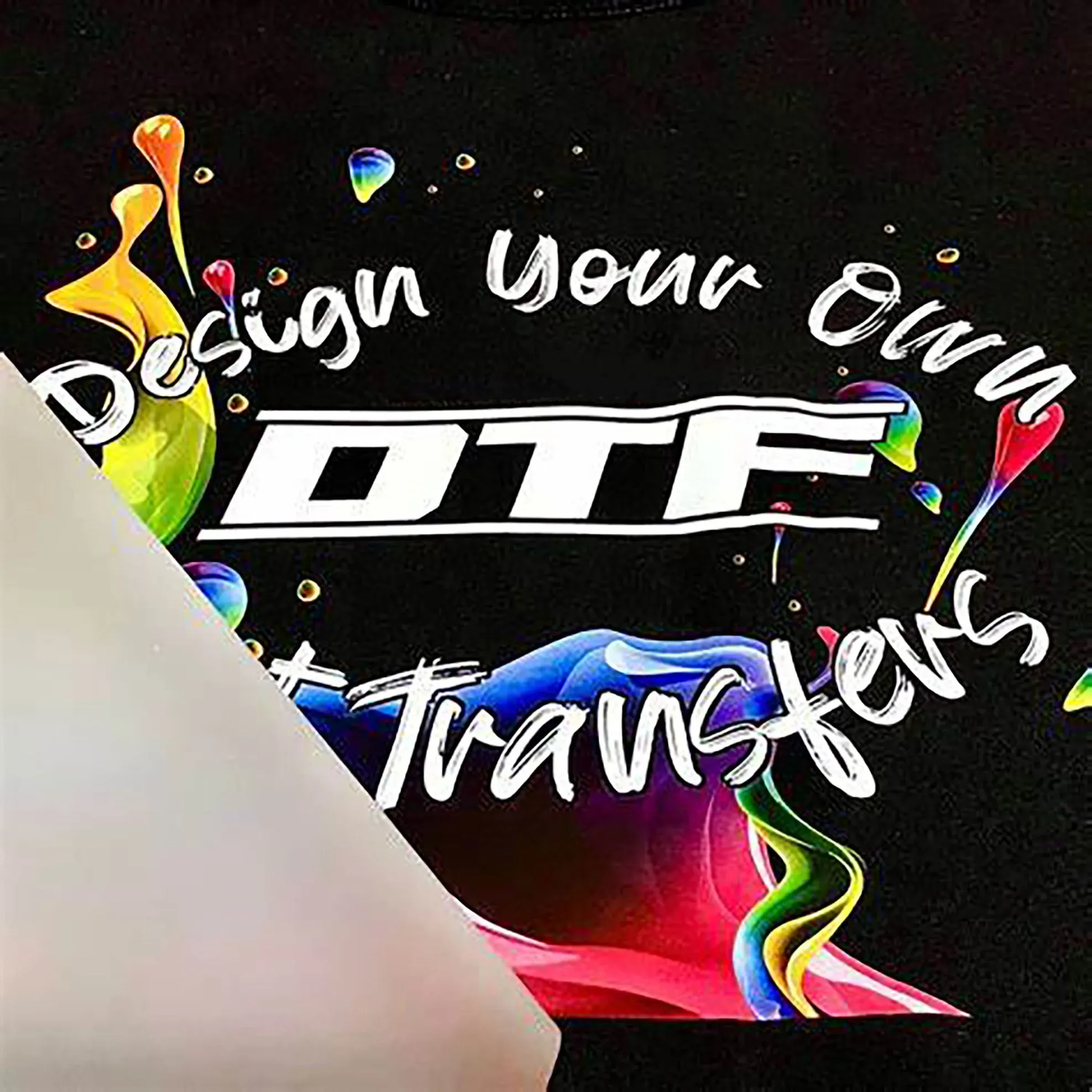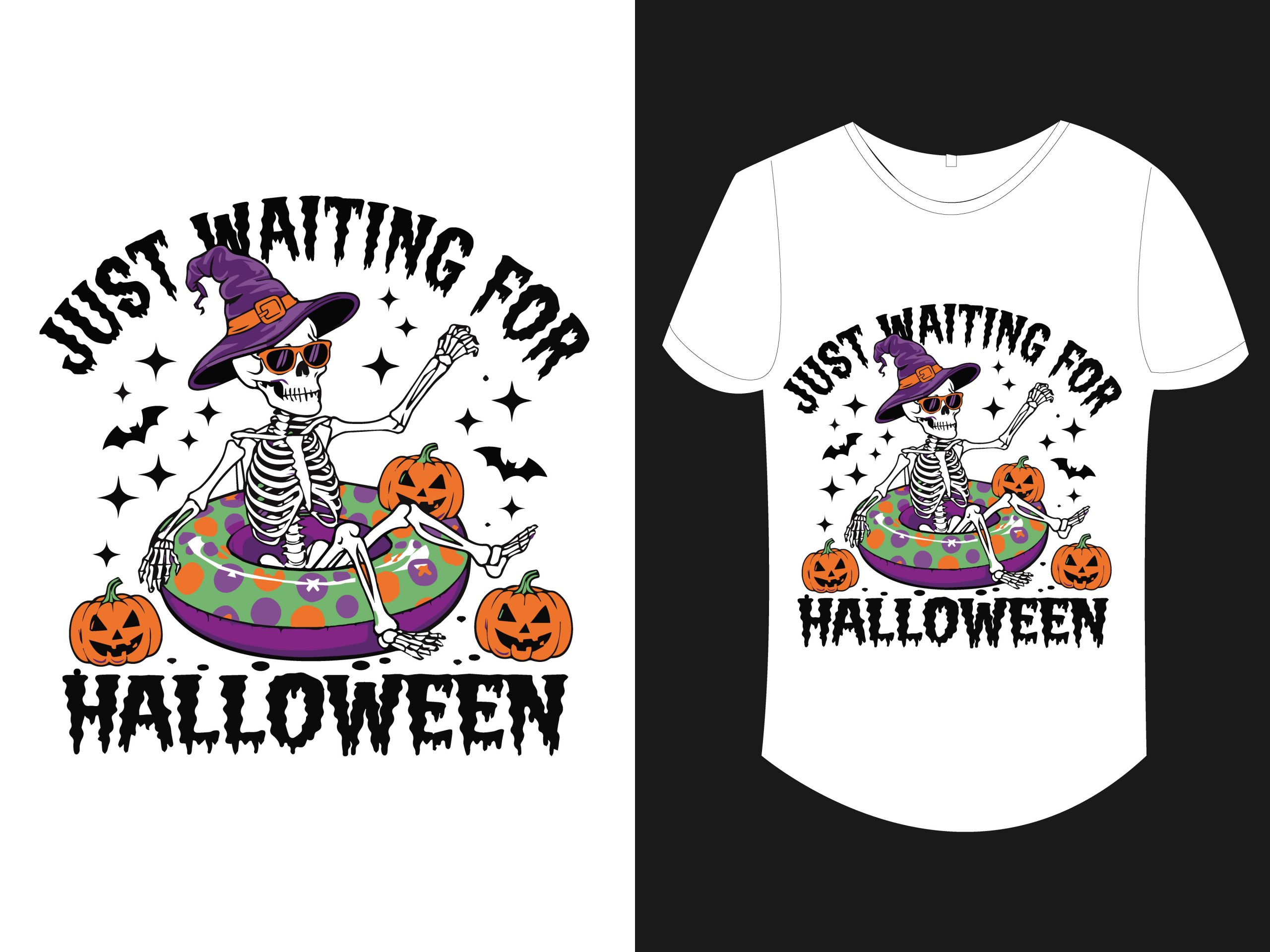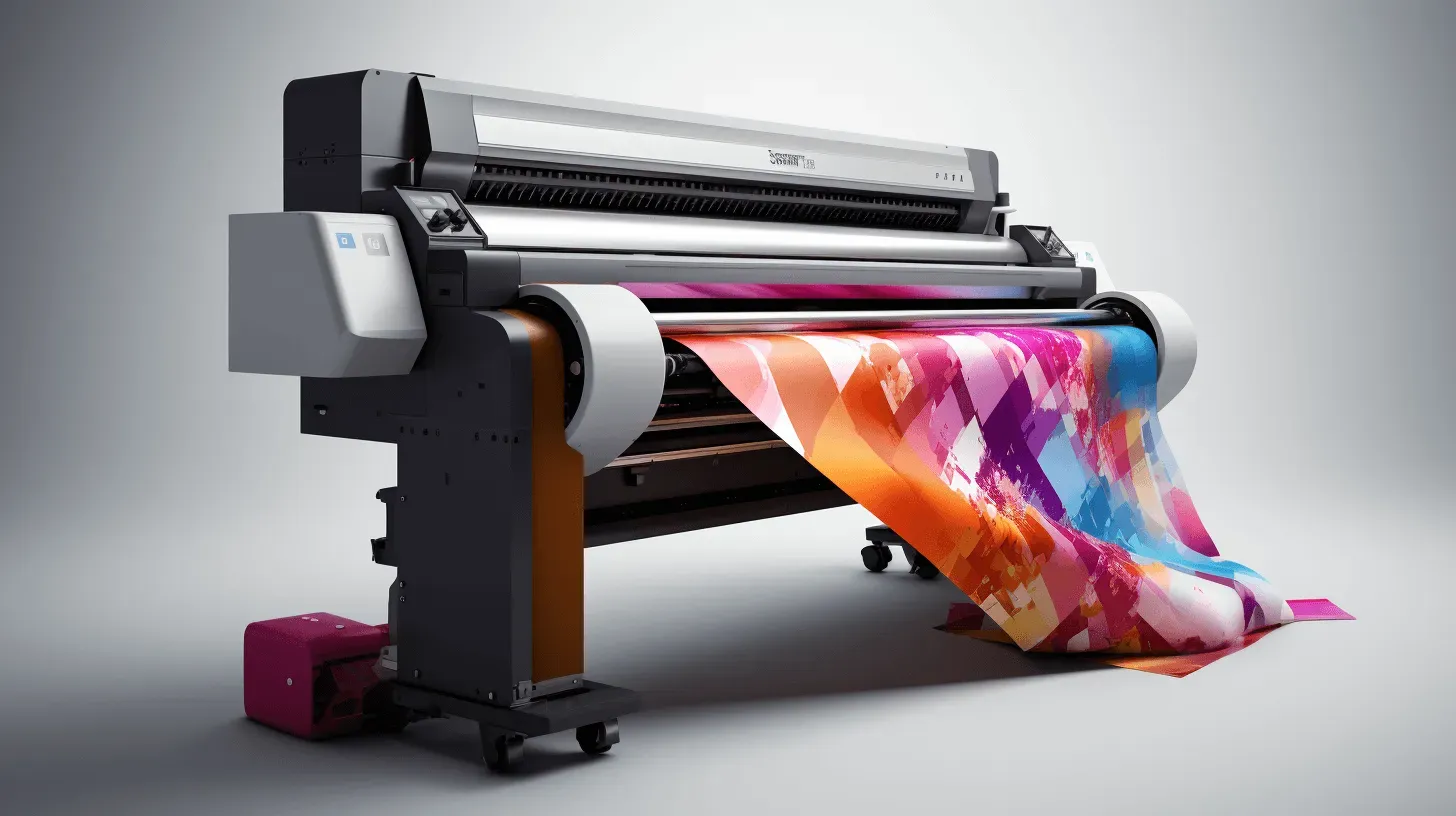DTF Printing: Why This Method is Taking Over Fast
DTF printing, or Direct-to-Film printing, is at the forefront of a revolution in the printing industry, capturing the attention of entrepreneurs and designers alike. This modern technology allows for vibrant and durable prints that are perfect for custom garment printing, making it an ideal choice for those in the fashion and merchandise business. By utilizing a special transfer method, DTF transfer enables intricate designs to adhere flawlessly to various fabric types, resulting in eye-catching products. As the world increasingly shifts towards print-on-demand solutions, DTF technology is paving the way for personalized and high-quality printing like never before. With its affordable and versatile nature, DTF printing is not just a passing trend; it’s transforming how we think about creating custom apparel.
Known as Direct-to-Film printing, this innovative method is redefining custom garment creation. This technique, which bridges the gap between traditional screen printing and digital output, offers businesses a unique opportunity to produce stunning designs on demand. With DTF, users can easily transfer their artwork onto textiles, ensuring lively details and a professional finish. As the demand for print-on-demand options grows, this printing technology stands out, allowing brands to efficiently create bespoke apparel that resonates with consumers. The rise of direct film printing reflects a broader shift in how fashion and merchandise are designed and manufactured, highlighting the exciting future of customized product offerings.
The Fundamentals of Direct-to-Film Printing
Direct-to-Film (DTF) printing is revolutionizing the world of custom garment production by introducing a method that combines the best features of both Direct-to-Garment (DTG) and screen printing. This technology involves printing an image or design onto a special film that can then be heat-pressed onto various fabric types. With the ability to achieve vibrant colors and fine details, DTF printing offers an unprecedented level of versatility for designers looking to create unique apparel.
The DTF process works by first printing a design onto a clear PET film using specialized inks. After that, an adhesive powder is applied to the printed ink and cured, preparing it for the transfer stage. When the film is applied to the garment with heat and pressure, the adhesive bonds the design to the fabric. This method not only minimizes fabric shrinkage or distortion but also expands the possibilities for printing on diverse materials such as cotton, polyester, and blends.
Frequently Asked Questions
What is DTF printing and how does it work?
DTF printing, or Direct-to-Film printing, involves printing designs onto a special film which is then transferred onto garments using heat and pressure. This method allows for vibrant colors and intricate designs that adhere to various fabric types, combining the benefits of both Direct-to-Garment (DTG) and traditional screen printing.
What are the advantages of DTF transfer over other printing methods?
DTF transfer offers several advantages including vibrant color reproduction, the ability to print on various fabrics, cost-effectiveness, and ease of application. Unlike Direct-to-Garment printing, DTF allows for detailed designs to be printed on non-cotton fabrics, making it more versatile for custom garment printing.
Can I use DTF technology for print-on-demand services?
Yes, DTF technology is ideal for print-on-demand services as it allows for quick production of custom garment designs without the need for large inventories. This method is cost-effective and enables businesses to respond swiftly to consumer demands, making it a popular choice among entrepreneurs.
Is DTF printing eco-friendly compared to traditional printing methods?
DTF printing is often considered more eco-friendly because it uses water-based inks, which have a lower environmental impact compared to solvent-based inks from traditional printing methods. Additionally, DTF technology generates minimal waste, making it a sustainable choice for custom garment printing.
What should I consider when starting a DTF printing business?
When starting a DTF printing business, consider factors such as the quality of DTF printers, initial investment costs, the availability of educational resources, and understanding the market demand for custom garment printing. Investing in high-quality DTF technology and staying updated with industry trends can significantly impact your success.
Where can I find resources to learn about DTF printing techniques?
There are numerous resources available for learning DTF printing techniques, including online instructional videos, comprehensive guides, and dedicated forums on platforms like Facebook. These resources can help beginners understand the nuances of DTF technology and improve their printing skills.
| Key Point | Description |
|---|---|
| Increased Accessibility | Affordable A3 DTF printers enable small businesses and freelancers to enter the printing market easily. |
| Market Capacity Expansion | Companies are investing in DTF technology, increasing capabilities and customer service. |
| Educational Resources | Tutorials and forums are available to assist newcomers in mastering DTF printing techniques. |
| Technological Innovations | Advanced DTF printers offer improved efficiency, print quality, and substrate variety. |
| Eco-Friendly Considerations | DTF printing utilizes water-based inks and produces minimal waste, making it environmentally friendly. |
Summary
DTF printing is revolutionizing the custom garment printing industry with its unique capabilities and numerous benefits. It is a groundbreaking method that combines accessibility, efficiency, and eco-friendliness, making it a preferred choice for both seasoned professionals and newcomers alike. As technology continues to advance and educational resources expand, DTF printing is poised to dominate the market, offering innovative solutions for businesses and crafters. This trend not only reflects a shift in printing techniques but also indicates a growing demand for sustainable practices within the industry. Thus, DTF printing is not merely a passing trend; it is becoming integral to the future landscape of custom printing.






